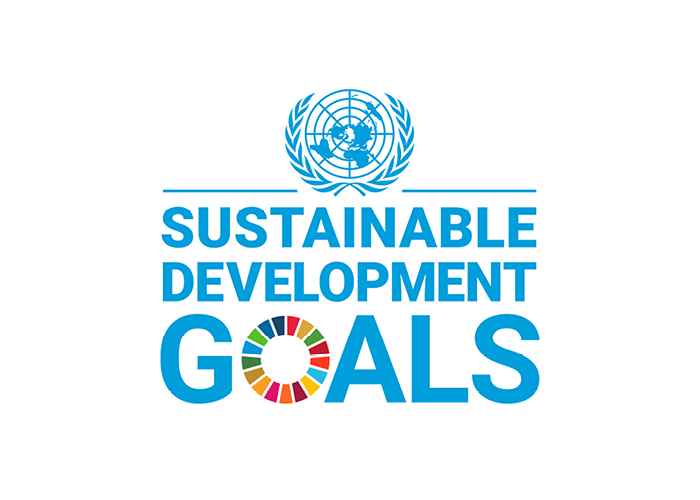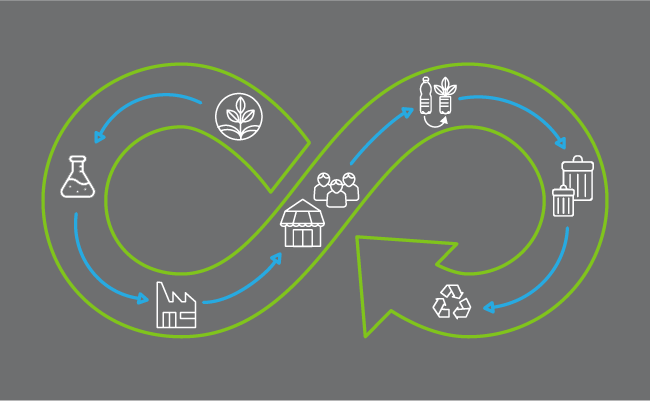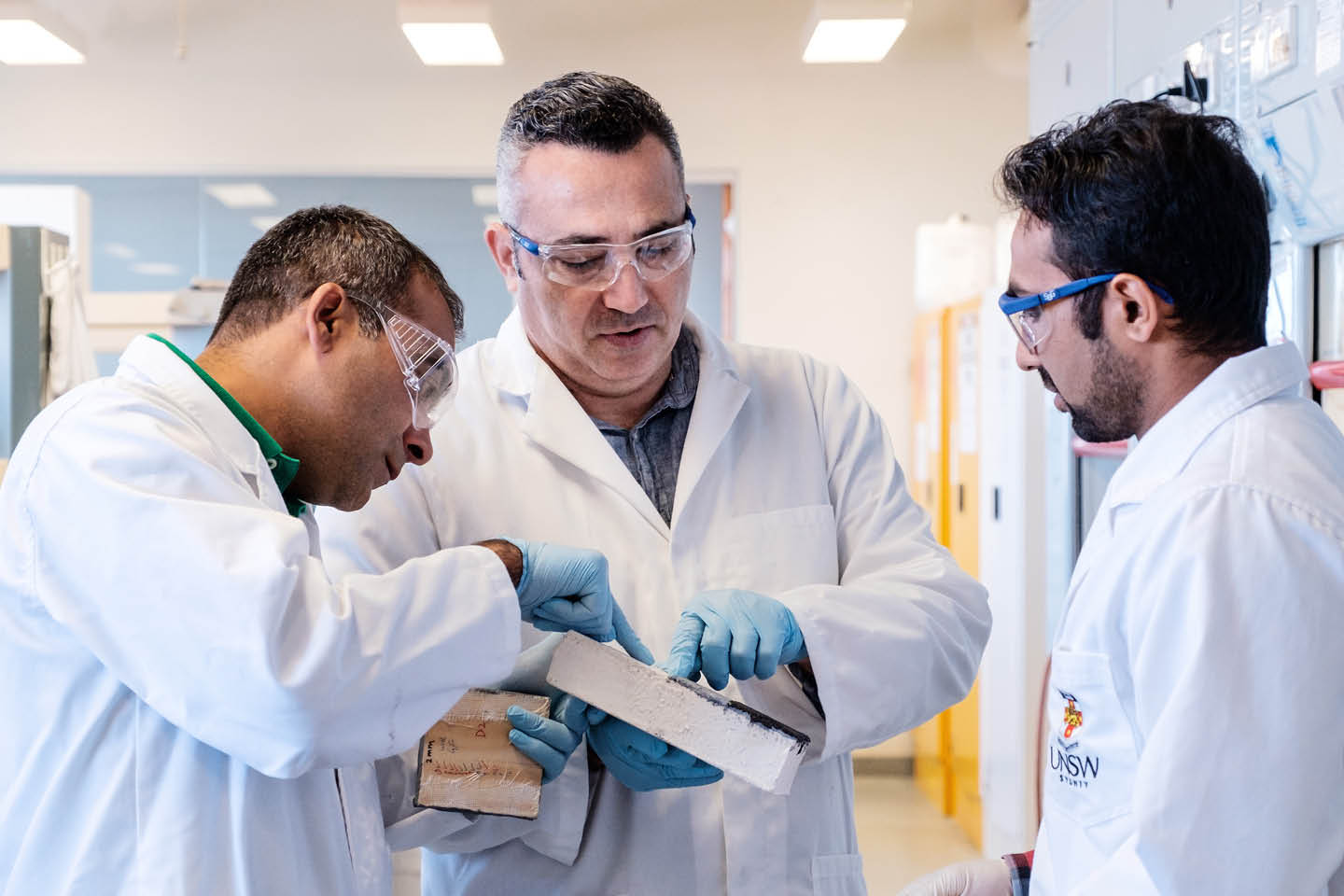

FSI products are principally comprised of food and medical-grade non-toxic raw materials wherever possible. The final products are them certified to be safe for human handling and have minimal environmental impact. These products do not interfere with the recycling process of the substrates they are coated on or infused into.

FSI creates and develops products that are considered safe to manufacture and use and will generate minimal harmful by-products upon degradation or recycling. For example, FSI-Textile does not contain halogens such as bromine, chlorine or fluorine. Also, it does not contain volatile organic compounds (VOCs), antimony, or any other heavy metals. It is not classified as Hazardous according to the Globally Harmonized System (GHS) Classification of Labelling of Chemicals.

With the financial support of both the Department of Industry, Science, Energy and Resources, FSI has established a substantial R&D team at UNSW to develop an alternative to silicon for solar modules which uses toxic chemicals and a large amount of energy during the manufacturing process. This new perovskite technology is designed to harvest solar energy from the unused vertical surfaces of buildings and infrastructure.
FSI’s wildfire and polymer coating products are designed to better protect humans, property, infrastructure, flora and fauna from the ravages of wildfire which is progressively worsening as a consequence of global warming.